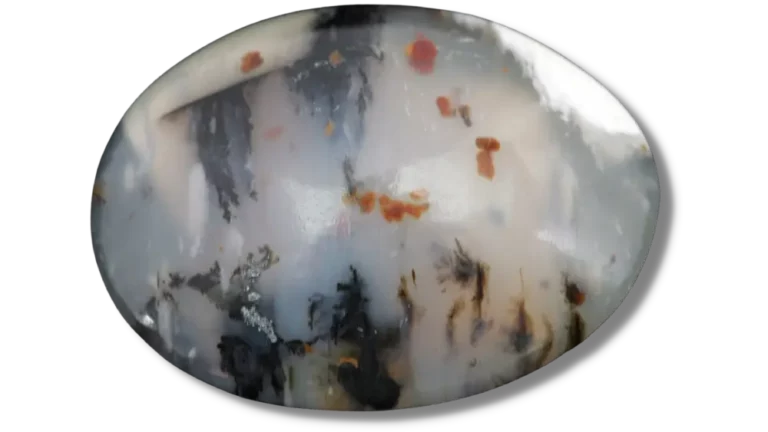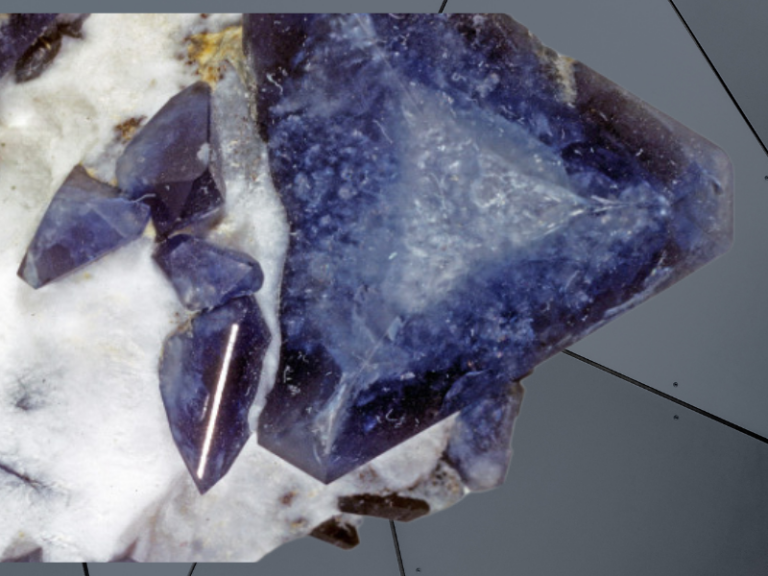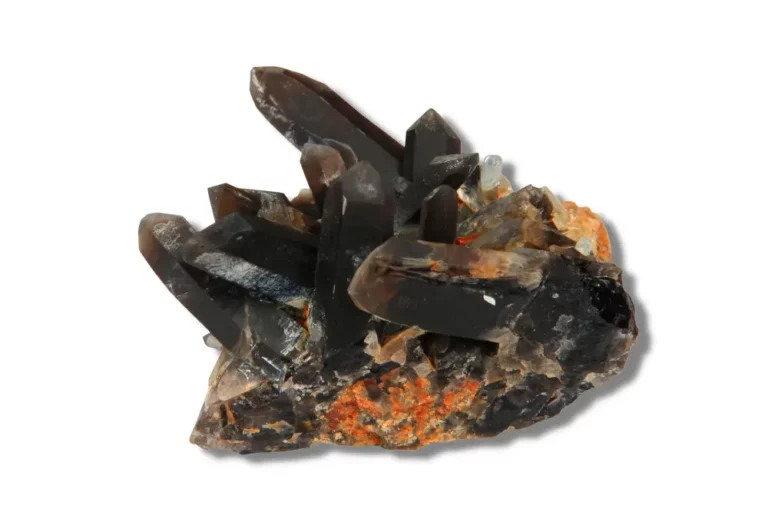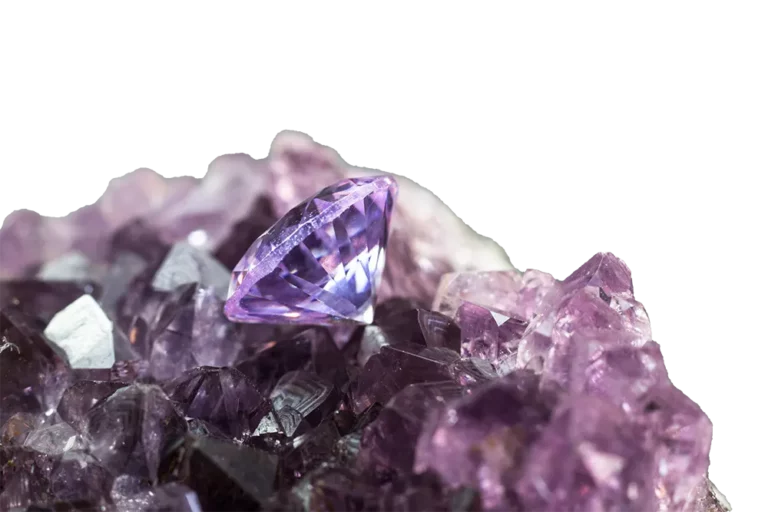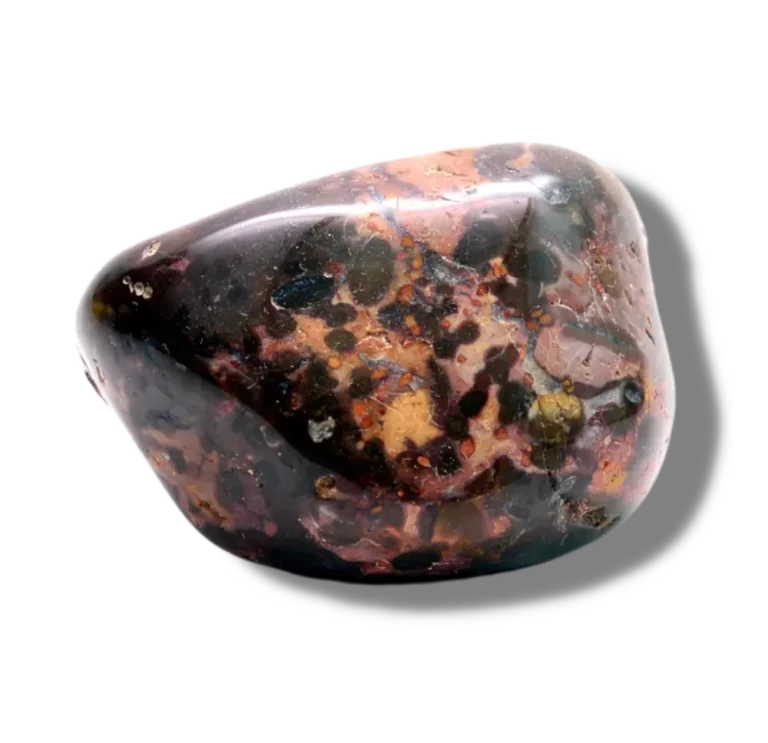Exploring the Mystique of the Dresden Green Diamond: History, Significance and Science
The Dresden Green Diamond, owing its name to its place of residence in Dresden, Germany, stands as one of the rarest natural green diamonds in the world. This extraordinary gemstone, weighing 41 carats, boasts an extraordinary apple-green hue, making it a marvel beyond comparison.
The Dresden Green Diamond is a Type IIa diamond, meaning it is virtually free of impurities with exceptional optical transparency. This type of diamond constitutes less than 2% of all natural diamonds, amplifying the rarity factor of the Dresden Green Diamond.
In This Article
Tracing the Journey: From Indian Mines to Saxon Rule

The Dresden Green Diamond embarked on its fascinating journey from Indian mines in the Kollur region during the 17th century. It attracted the attention of gem traders due to its exceptional green shade, ultimately falling into the hands of English merchant, Marcus Moses, who believed it was “the finest green stone in Europe.”
In 1742, the diamond made its way to Saxon royal court when Frederick Augustus II, elector of Saxony and king of Poland, acquired it. The diamond was then set into an ornament that was worn on the king’s badge of the Order of the Golden Fleece.
The Dresden Green Diamond and Augustus III of Poland
Augustus III of Poland, son of Frederick Augustus II, took a particular interest in the diamond and had it set into a more elaborate diamond hat clasp. Later, the Dresden Green Diamond was integrated into an even more significant piece of jewelry, a two-fold insignia of the Order of the Golden Fleece.
The Dresden Green Diamond: A Symbol of Saxon Rule
The Dresden Green Diamond’s journey is deeply intertwined with the history of Saxony. It has served as a symbol of Saxon rule, reflecting the wealth, power, and sophistication of its rulers. The diamond’s distinctive green color, rarity, and intense brightness make it a potent symbol of the power and prestige of the Saxon monarchy.
The Dresden Green Diamond: An Artistic and Cultural Marvel
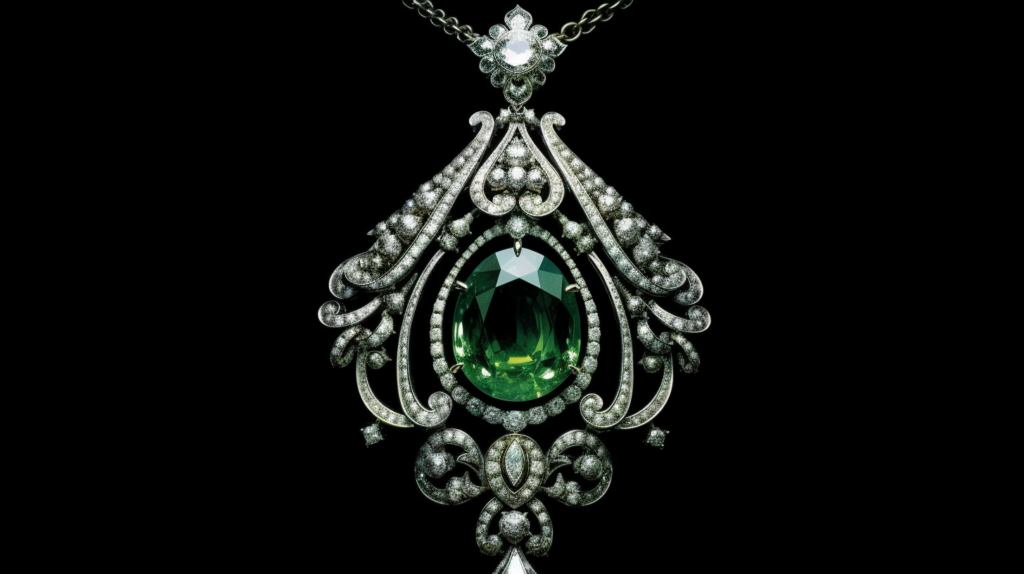
The Dresden Green Diamond: A Feature in Literature and Art
Over the centuries, the Dresden Green Diamond has found itself immortalized in literature and art, attesting to its cultural and artistic significance. References to this illustrious gem surface in various works of literature, notably in Alexandre Dumas’s historical novel, “Ascanio”, where the diamond is depicted as an object of fascination.
In visual arts, the Dresden Green Diamond has been featured in numerous portraits of Saxon royalty, adorned by the likes of Augustus III of Poland, enhancing the allure of the diamond and establishing its status as a cultural icon.
The Diamond as a Symbol of Wealth in 18th Century Europe
In the 18th century, the diamond was more than just a gemstone. It was a symbol of wealth, power, and influence. The Dresden Green Diamond, with its unique color and size, was a true marvel of this era. It signaled the might and wealth of Saxon royalty, thereby playing a pivotal role in the socio-political landscape of the time.
The Dresden Green Diamond: An Ornament of Purity and Steadfastness
The Dresden Green Diamond, given its clarity and unique color, has often been interpreted as a symbol of purity and steadfastness. Its rare green hue symbolized natural beauty and strength, while its Type IIa classification underscored its exceptional purity.
From Dresden Castle to the Metropolitan Museum of Art
The Dresden Green Diamond has held residence at the Green Vaults (Grünes Gewölbe) in Dresden Castle, Germany, for centuries. However, the diamond did not limit itself to this locale. In 2019, it embarked on a journey to the Metropolitan Museum of Art in New York, featuring in the ‘Making Marvels: Science and Splendor at the Courts of Europe’ exhibition. This exhibit demonstrated the diamond’s enduring artistic appeal and cultural significance, captivating audiences around the world.
The Unique Green Color: A Result of Natural Radiation
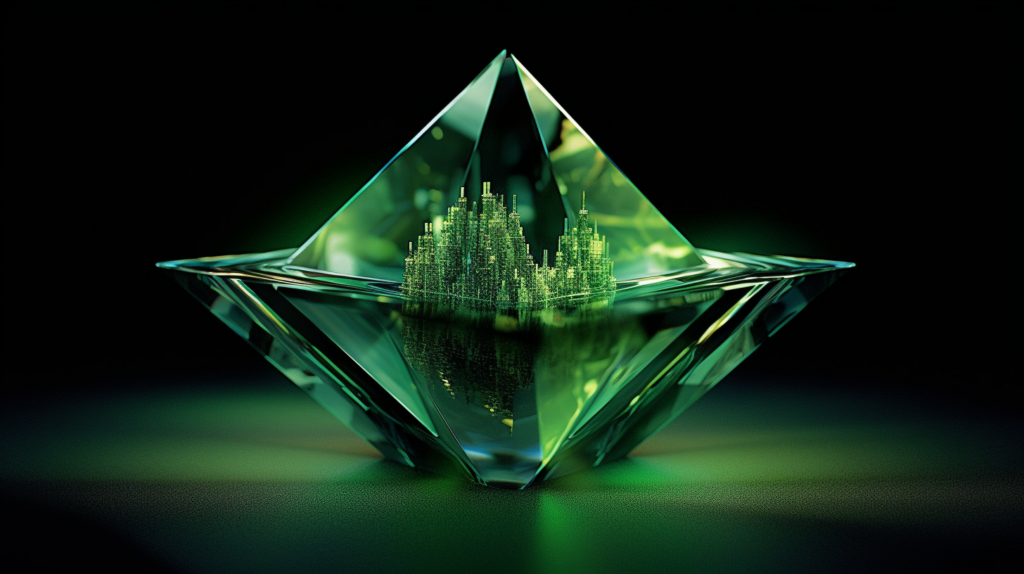
How Radioactive Materials Gave the Dresden Green Diamond its Color
The Dresden Green Diamond’s enchanting apple-green color is the result of natural radiation. Unlike many other colored diamonds, whose hues result from impurities or defects in their crystal structure, the color of the Dresden Green Diamond is entirely due to the exposure to naturally occurring radioactive materials over prolonged periods. This radioactive exposure causes changes in the diamond’s crystal lattice, inducing the captivating green hue.
The Science Behind the Dresden Green Diamond’s Apple Green Hue
The Dresden Green Diamond’s unique color results from a process known as “radiation staining.” When blue diamonds are exposed to natural radiation over millions of years, they can absorb certain light spectrums, causing them to appear green. The exact shade of green depends on the type and duration of radioactive exposure. In the case of the Dresden Green Diamond, it resulted in an alluring apple green tone, making it a natural wonder.
Type IIa Diamond: The Clarity and Purity of the Dresden Green Diamond
Being a Type IIa diamond, the Dresden Green Diamond is almost entirely devoid of nitrogen impurities, which contributes to its excellent clarity and crystalline structure. This purity allows the diamond to reflect light in a way that enhances its natural green color, providing it with a unique luminescence unmatched by other diamonds.
Natural vs Lab-Produced Green Diamonds: The Role Dresden Green Diamond Plays
The Dresden Green Diamond has played a significant role in the study of green diamonds. Unlike naturally green diamonds, lab-produced green diamonds achieve their color by artificial radiation exposure. Scientists and gemologists have compared these lab-produced diamonds with the Dresden Green Diamond to better understand the natural radiation process and its effect on the color of diamonds. This has helped the scientific community deepen its knowledge about the nature of green diamonds and improve the process of creating green diamonds in labs.
The Dresden Green Diamond: A Target of Theft
The Narrow Escape: Dresden Green Vault Burglary and the Dresden Green Diamond
The Dresden Green Diamond has attracted not only admirers but also nefarious individuals seeking to claim its worth. The most notable incident occurred in 2019 when thieves broke into the Green Vault in Dresden, Germany, and stole priceless jewels from the collection.
However, the Dresden Green Diamond narrowly escaped this fate. At the time of the heist, the diamond was on loan to the Metropolitan Museum of Art in New York for the Making Marvels exhibition, thus sparing it from the theft. The incident underscored the importance of ensuring the diamond’s security and served as a stark reminder of its significance and value.
Ensuring the Safety of the Dresden Green Diamond: Security Measures in Place
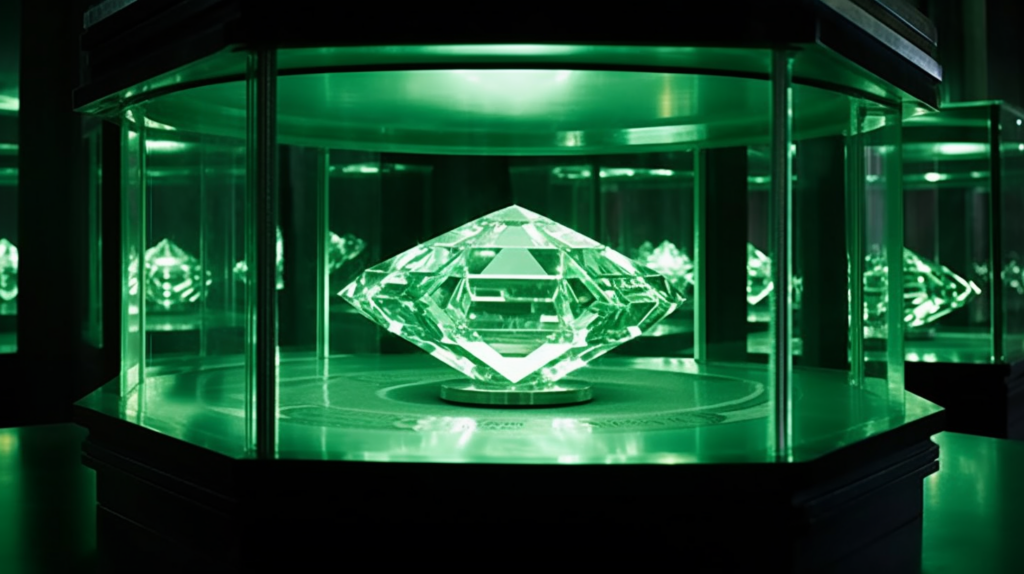
Given the diamond’s historical, cultural, and monetary value, protecting it from theft or damage is paramount. Therefore, stringent security measures are in place at the Green Vault. These include state-of-the-art surveillance systems, reinforced display cases, and diligent security personnel.
Furthermore, when the diamond is loaned for exhibitions, additional precautions are undertaken. The diamond is transported in secure, undisclosed methods and is continuously monitored throughout its display. The meticulous care with which the Dresden Green Diamond is handled signifies its invaluable status and the lengths to which institutions go to preserve it for posterity.
The Dresden Green Diamond: Its Standing in Today’s World
The Dresden Green Diamond: One of the Rarest Gemstones in the World
In today’s world, the Dresden Green Diamond holds a unique place as one of the rarest gemstones. Its extraordinary size, unmatched apple-green hue, and storied history set it apart from other diamonds, ensuring its enduring appeal. As one of the very few naturally green diamonds known to exist, its worth extends beyond monetary value, with gemologists, historians, and jewelry enthusiasts cherishing its rarity and beauty.
Current Display and Protection of the Dresden Green Diamond
The Dresden Green Diamond is currently housed in the New Green Vault at the Dresden Castle, part of a collection that showcases three centuries of European artistry and craftsmanship. The diamond is displayed under top-notch security measures to protect it from potential theft and ensure its preservation for future generations.
The Dresden Green Diamond on Loan: Making Marvels: Science and Splendor Exhibition
The Dresden Green Diamond continues to captivate audiences worldwide. In 2019, it was loaned to the Metropolitan Museum of Art for the ‘Making Marvels: Science and Splendor at the Courts of Europe’ exhibition. This exhibit showcased the art, science, and technology of the European courts from the Renaissance to the Enlightenment, featuring the Dresden Green Diamond as a testament to the splendor and marvel of those times.
This exhibition marked the first time that the diamond left Europe since it was mined in India in the 17th century, drawing numerous visitors and re-emphasizing its worldwide cultural, historical, and artistic significance. Despite the passing of centuries, the Dresden Green Diamond continues to command awe and respect, maintaining its standing as a truly singular gemstone in today’s world.
Frequently Asked Questions (FAQs)
What is the origin of the Dresden Green Diamond?
The Dresden Green Diamond, which is famous for its rare natural green color, is believed to have originated from the Indian mines. It eventually made its way to Saxony, where it became a symbol of the Saxon rule, particularly associated with Augustus III of Poland.
How did the Dresden Green Diamond get its unique green color?
The unique apple green hue of the Dresden Green Diamond is a result of natural radiation. Radioactive materials in the ground where the diamond formed millions of years ago caused changes in its crystal structure, leading to its green color. The diamond is a Type IIa diamond, known for their high clarity and purity.
How is the Dresden Green Diamond different from lab-produced green diamonds?
The Dresden Green Diamond’s color is a result of natural radiation, whereas the green color in lab-produced diamonds is often created by treating a less valuable diamond with high-energy particles. The role that the Dresden Green Diamond plays has been pivotal in understanding the differences between natural and lab-produced green diamonds.
Has the Dresden Green Diamond ever been a target of theft?
Yes, the Dresden Green Diamond had a narrow escape during the Dresden Green Vault burglary. Since then, various security measures have been put in place to ensure its safety.
Where is the Dresden Green Diamond displayed today?
The Dresden Green Diamond is currently on display at the Neue Grüne Gewölbe museum in Dresden, Germany. The diamond has also been on loan for different exhibitions, such as the “Making Marvels: Science and Splendor” exhibition at the Metropolitan Museum of Art in New York City.


